Your weight loss success (or lack thereof) is actually determined at the supermarket. Fill your cart with wholesome fare, and you’ll be more likely to eat clean meals and snacks once you get home. Load up with junk, and well, you get the idea.
Of course, loading up on the good stuff can be easier said than done, though. Even with the best of intentions, there are plenty of ways your trip to the supermarket can go wrong - and end up thwarting your weight loss progress. Here are 7 common mistakes you might be making, plus ways to shop smarter.
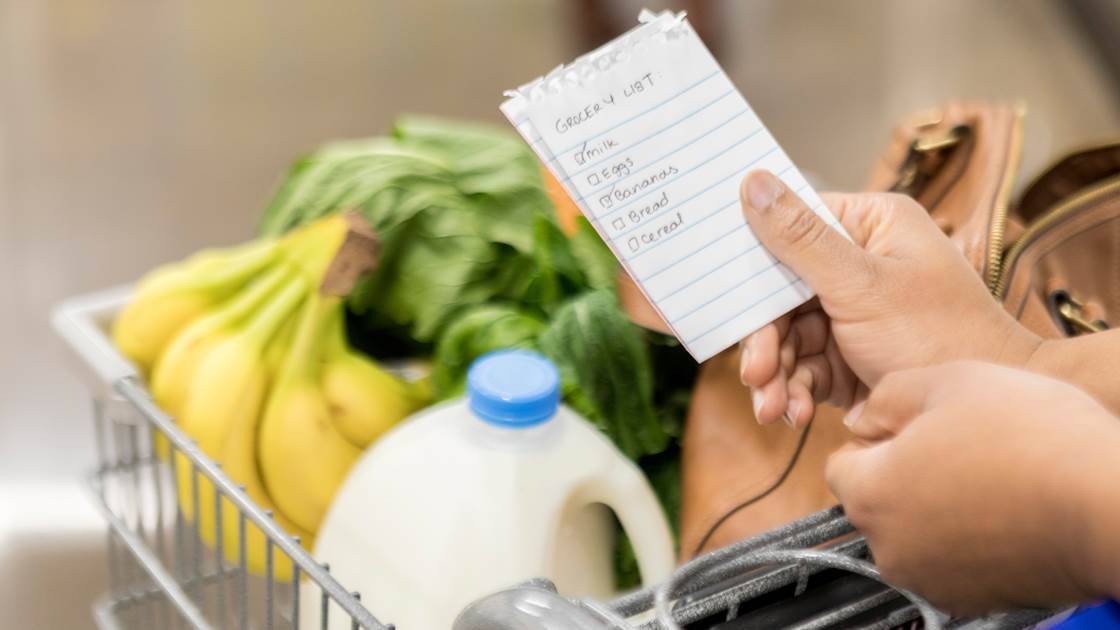
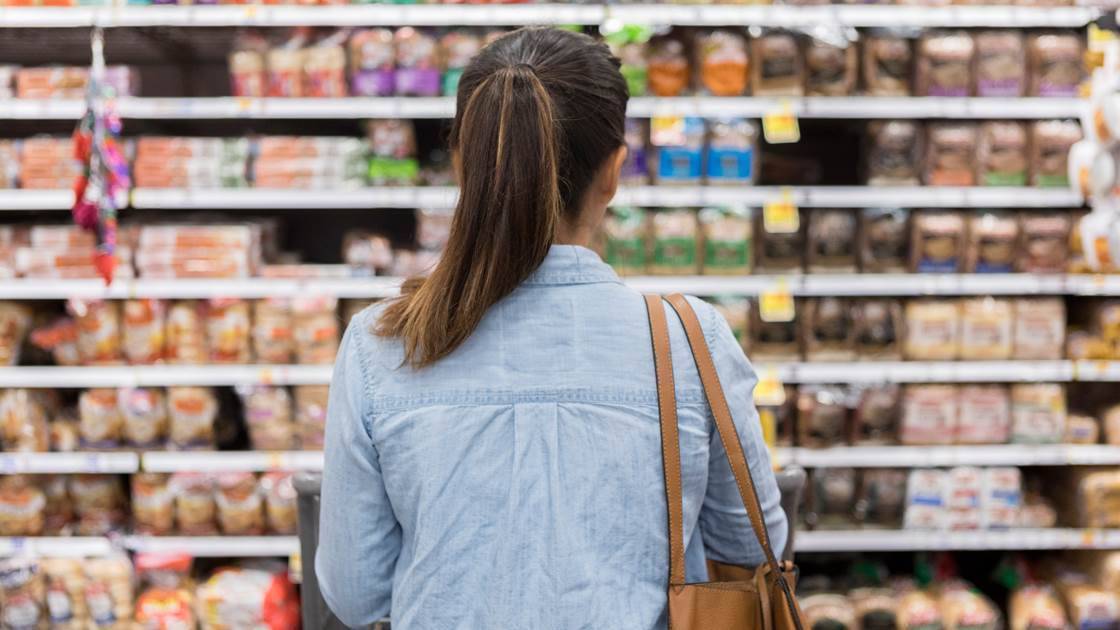
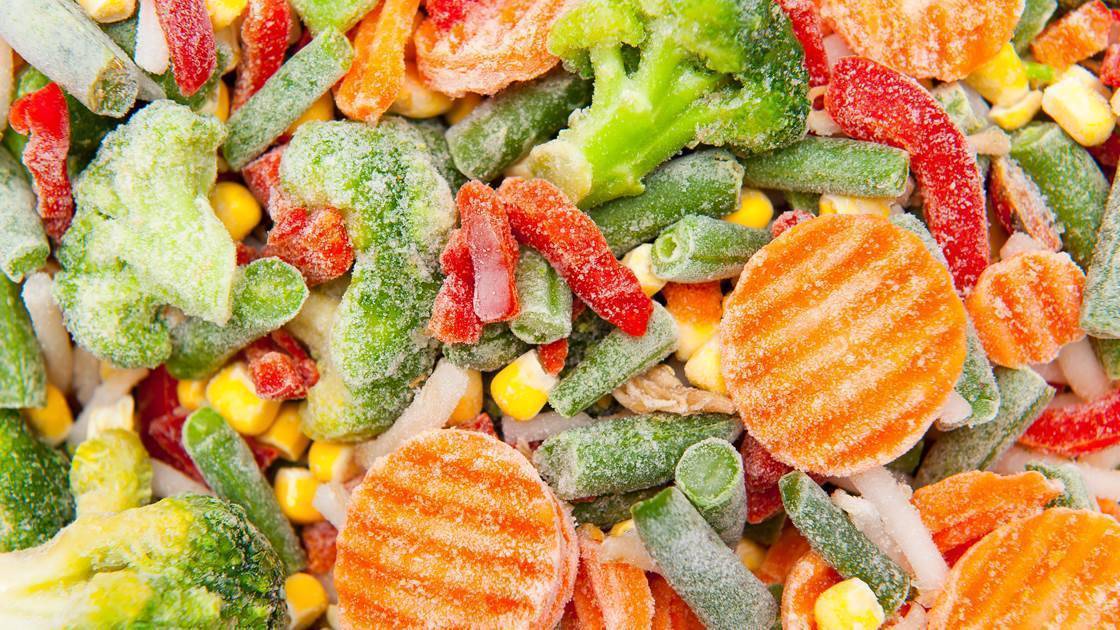
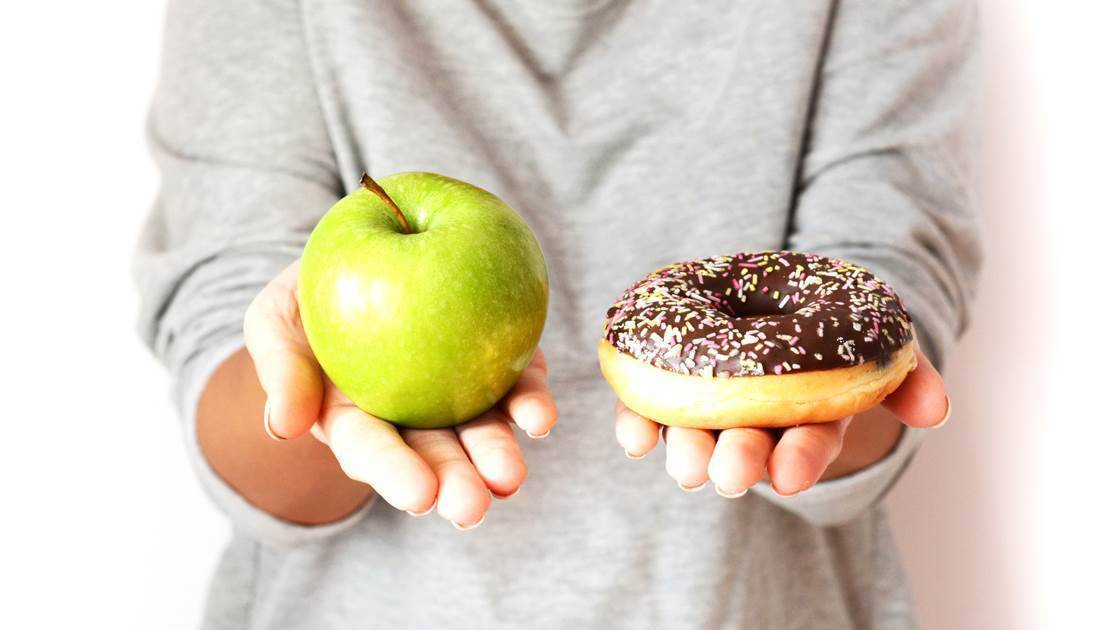
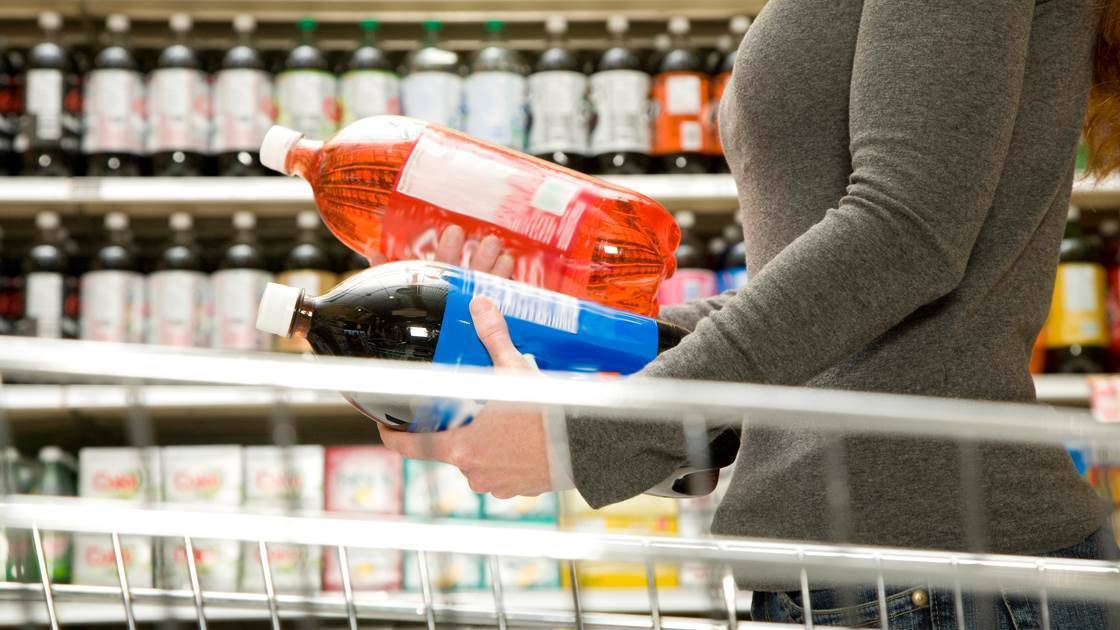
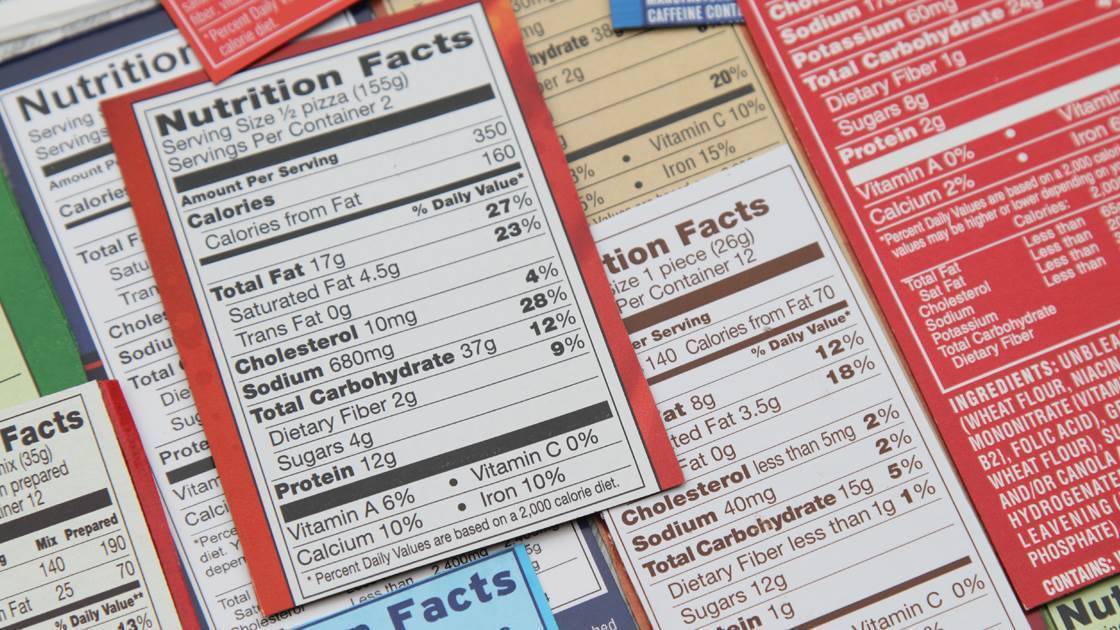
You're spontaneous.
Shopping without a list doesn't just make you more susceptible to diet-derailing (and wallet-draining) impulse buys, it also means that you're more likely to come home without the ingredients you need to build clean, filling meals. Instead, put together a plan for what you want to cook for the week. Then make a list based off of those ingredients, along with any healthy extras you normally like to keep on hand.
You spend way too much time in the middle of the store.
That's where most of the packaged, processed foods live. Sure, you'll find some healthy options (like porridge or canned beans), but it's mostly home to cookies, sugary cereal, and other products that won't do your waistline any favours. Your goal? Try to shop in the outer perimeter of the store as much as possible. It's where most of the healthy fare that will support your weight loss goals lives - like fruits and veggies, lean meat and fish, and dairy products.
You skip on past the frozen section.
Unlike their fresh counterparts, frozen produce and meats can last for months - so keeping a few bags on hand means you'll always have the makings of a healthy meal, even when you haven't had time to shop in a while. It's worth tossing a few clean frozen meals in your cart, too. Consider them your ticket to avoiding greasy take away on nights when you get home late.
You don't shop after lunch.
Not only is it harder to resist those biscuits or chips when you're starving, but you might also be less likely to grab your usual healthy picks. Surprisingly, hungry shoppers don't actually buy more food than shoppers whose bellies are full. They just pick more unhealthy, high-kJ foods and fewer healthy, low-kJ ones, found one US study. So plan your trip to the shops after enjoying a meal or snack. (Might we suggest one of these snacks that beat cravings?)
You get sucked in by meaningless health claims. Every. Single. Time.
It's easier to justify buying muesli bars when they're fortified with antioxidants or chips that deliver a full serving of vegetables. But despite the healthy lingo, most of these items are still high in sugar and refined carbs and low in nutrients that will actually help you lose weight (like protein and fibre). Still, they're not all bad. The only way to tell for sure? By not making this next mistake…
You don't read nutrition labels.
Even if a packaged food seems really healthy, scrutinising the nutrition label is the only way to confirm whether the item in question meets your nutritional standards. (Don't have your own set of nutritional standards? No matter what you're purchasing, aim for less than 10 grams of sugar per serving and at least a few grams of fibre.) First, check out the nutrition panel to look for the kilojoules, sugar, protein, and fibre per serving. If that seems right for you, next check the ingredient list. If you see any unrecognisable ingredient listed, put the item back on the shelf and back away slowly.





.jpg&h=193&w=250&c=1&s=1)



